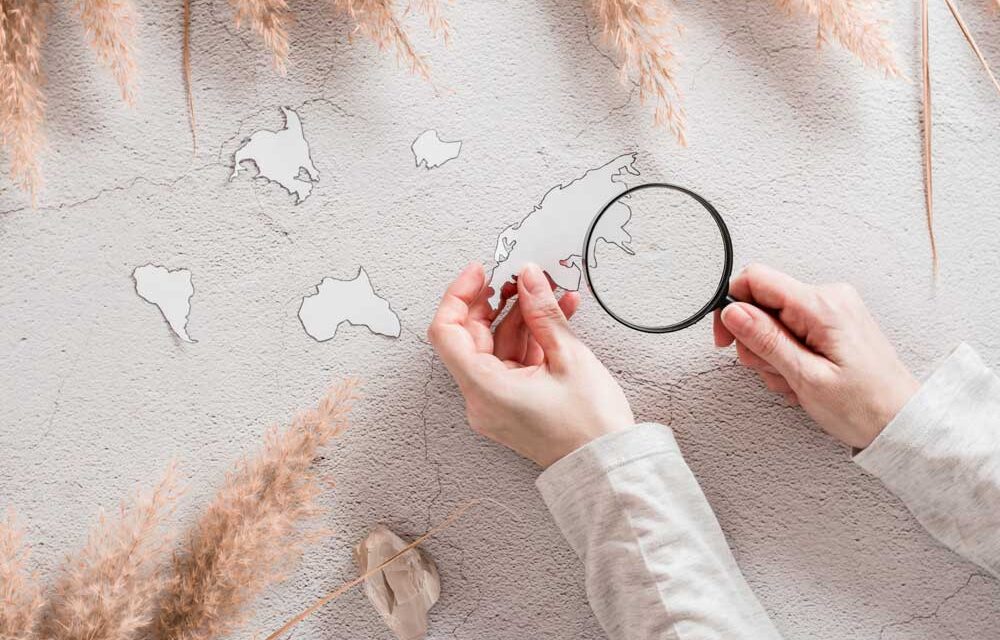When Is the Best Time to Visit Australia
Australia is a year-round destination, but the best time to visit really depends on where you’re going and what you want to do. Since the country spans multiple climate zones, timing can make a big difference in your experience. For beach lovers and sunshine seekers, head down between December and February, that’s summer in Australia. It’s perfect for coastal cities like Sydney, Melbourne, and the Gold Coast. Expect sunny days, warm nights, and all the beach vibes.
If you’re into exploring the Outback or the Red Centre, like Uluru or Alice Springs, aim for May to September. These months offer cooler, more manageable temperatures for road trips and desert adventures — without the scorching heat. Planning to hit the Great Barrier Reef? The best time is June to October, during the dry season in northern Queensland. You’ll dodge the stinger, jellyfish season and enjoy clearer waters and better visibility for diving or snorkeling. Want to ski in Australia? Yep, there’s snow too! The snow season typically runs from June to August in places like Thredbo and Perisher in New South Wales, and Mount Buller in Victoria.
In short:
- Summer (Dec–Feb): Best for beaches, festivals, and city life.
- Autumn (Mar–May): Great weather, fewer crowds.
- Winter (Jun–Aug): Ideal for the Outback and snow sports.
- Spring (Sep–Nov): Blooming landscapes and great all-round travel weather.
No matter when you go, there’s always something epic happening in the land Down Under. Just don’t forget the sunscreen, that Aussie sun is no joke!

Visit Australia In Summer
(December to February) – Best for Beaches, Festivals, and City Life
- Average temperatures:
- Southern cities (Sydney, Melbourne): 25–35°C (77–95°F)
- Northern Australia (Cairns, Darwin): 28–36°C (82–97°F) with high humidity
- Weather: Hot, sunny days with occasional tropical storms in the north
Summer in Australia is sizzling, vibrant, and tailor-made for travelers who love sunshine, ocean dips, and open-air events. The east coast is particularly buzzing during this time, with Sydney, Melbourne, and Brisbane hosting iconic festivals like Sydney’s New Year’s Eve fireworks and the Australian Open. For couples, it’s a dreamy season for beachside dates, rooftop bars, and sunset cruises. Consider a romantic evening at the Sydney Opera House or a coastal escape to Byron Bay for spa retreats and stargazing.
For families, summer means school holidays and tons of activities. The Gold Coast is a family paradise with theme parks like Dreamworld, Sea World, and Wet’n’Wild. Add a trip to Currumbin Wildlife Sanctuary or snorkel in the calm waters of Noosa Heads. Melbourne’s Luna Park and the Royal Botanic Gardens are also great family-friendly spots during the sunny months.
Solo travelers will love the energetic summer social scene. Backpacker hubs like Cairns and Byron Bay are packed with international visitors, making it easy to meet people while exploring coral reefs, waterfalls, and vibrant nightlife. For a mix of beach and adventure, head to Magnetic Island or Fraser Island (K’gari), both great for meeting fellow wanderers.
Visit Australia In Autumn
(March to May) – Great Weather, Fewer Crowds
- Average temperatures:
- Southern cities: 17–25°C (63–77°F)
- Northern regions (Darwin, Cairns): 22–30°C (72–86°F)
- Weather: Mild temperatures, low humidity, clear skies
Autumn is Australia’s sweet spot — the intense summer heat fades, but the days are still warm and pleasant. Wine regions like Barossa Valley (SA), Yarra Valley (VIC), and Hunter Valley (NSW) are in full swing, with vineyard picnics, hot air balloon rides, and cellar door tastings. Couples will love the romantic countryside feel, especially when paired with boutique stays and spa experiences. Don’t miss the autumn foliage at Bright in Victoria or Mount Lofty in Adelaide Hills for a cozy getaway.
Families looking for a calmer, more affordable holiday should consider autumn. Tasmania is perfect in this season. Explore MONA in Hobart, take a wildlife cruise around Bruny Island, or go hiking in Cradle Mountain. With school back in session, popular spots are less crowded, making it easier to enjoy without the queues or chaos.
Solo travelers thrive in autumn’s slower pace. Hike the Blue Mountains or visit the Grampians in Victoria for scenic solitude. Explore Adelaide’s laneway culture or Fremantle’s markets in Perth. For something different, take a train journey like The Ghan from Darwin to Adelaide. Relaxing way to see the country while meeting fellow adventurers.
Visit Australia In Winter
(June to August) – Ideal for the Outback and Snow Sports
- Average temperatures:
- Southern cities: 5–15°C (41–59°F)
- Outback (Uluru, Alice Springs): 6–20°C (43–68°F), colder at night
- Northern regions (Darwin): 19–30°C (66–86°F), dry and sunny
- Weather: Cool to cold in the south, dry season in the north, snow in the Alps
Winter in Australia flips the script, instead of being a time to hibernate, it’s the perfect season to explore the Outback or hit the snow. The Red Centre, including Uluru, Kings Canyon, and Alice Springs, is cooler and more comfortable for hikes and cultural tours. Couples can take a luxury stay at Longitude 131° with views of Uluru, or watch the desert stars while sipping wine by a firepit. It’s rugged romance at its best.
For families, winter brings snow fun! Resorts like Thredbo and Perisher in New South Wales, and Mount Buller in Victoria, offer snowboarding, tobogganing, ski schools, and cozy alpine villages. Kids will love building snowmen and taking ski lessons, while parents can unwind with mulled wine by a fire. Don’t forget places like Lake Mountain near Melbourne for a budget-friendly snow day.
Solo travelers seeking something different should head north. Winter is dry season in Darwin, Kakadu, and Litchfield National Parks, great for waterfalls, croc-spotting cruises, and Aboriginal cultural sites. In Queensland, Hervey Bay and the Whitsundays are in prime whale-watching season. Couples can also enjoy a winter escape to Port Douglas or the Daintree Rainforest, which is warm, lush, and perfect for romantic rainforest lodges and reef adventures.

Visit Australia In Spring
(September to November) – Blooming Landscapes and Great All-Round Travel Weather
- Average temperatures:
- Southern cities: 15–25°C (59–77°F)
- Northern Australia: 22–32°C (72–90°F)
- Weather: Warm days, occasional rain, wildflowers and greenery at their peak
Spring in Australia is pure magic, wildflowers bloom, waterfalls flow, and everything feels fresh and alive. Western Australia bursts into color, especially around Perth, Margaret River, and Kalbarri. Couples should take a scenic drive through the Coral Coast or relax in a vineyard retreat in the Swan Valley. Don’t miss a spring picnic among the tulips during Canberra’s Floriade Festival or a couples’ kayak trip along the Sapphire Coast in NSW.
Families will love the spring energy too. Visit Kangaroo Island to see wildlife, beaches, and nature walks. Or explore Sydney’s family-friendly gems like Taronga Zoo, Darling Harbour, and the Botanic Gardens. Whale watching continues off the coasts of NSW and Victoria, offering unforgettable memories for kids and parents alike.
For solo travelers, spring means great hiking weather and the return of festivals. Explore Tasmania’s Bay of Fires, hike Wilsons Promontory, or take the coastal Great South West Walk in Victoria. Melbourne comes alive with comedy, fashion, and food festivals. And if you’re in love with spring romance, couples should definitely take a road trip through the Blue Mountains or relax in Daylesford’s mineral springs for a rejuvenating getaway.
There’s Always a Good Time to Visit Australia
When it comes to Australia, there’s truly no bad time to visit, just different kinds of awesome. Whether you’re chasing the sun in summer, exploring wine regions in autumn, adventuring through the Outback in winter, or watching wildflowers bloom in spring, each season has its own charm and magic.
Families will find kid-friendly fun and outdoor adventures year-round. Solo travelers can discover new landscapes, cultures, and connections in every corner of the country. Couples? From beach sunsets to mountain retreats, there’s romance in the air no matter the month.
So the “best” time to visit Australia really depends on what kind of experience you’re after, but rest assured, whenever you decide to go, Australia will show up in full technicolor. Just pack accordingly, bring your sense of adventure, and let the land Down Under do the rest.



